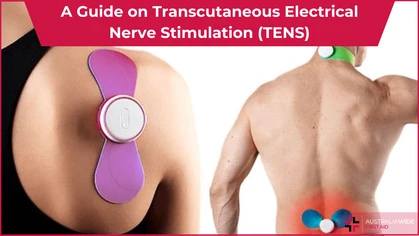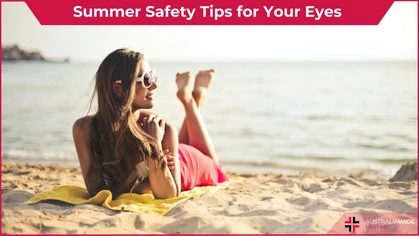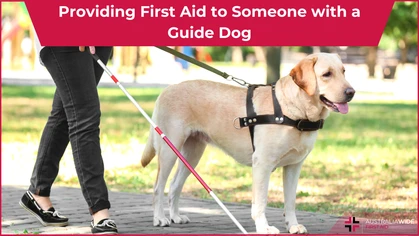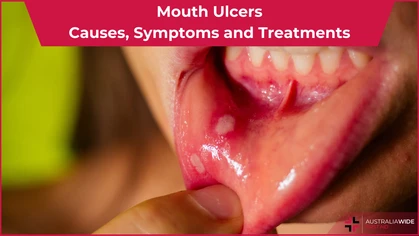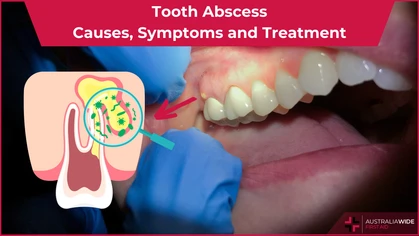Amusement Parks: How to Have Fun Safely

General Health-Related

Thousands of people visit amusement parks each year
Thousands of people visit amusement parks each year, spending entire days bonding with their friends and loved ones and having some good old-fashioned fun in the sun. These places typically put a strong emphasis on safety in order to ensure an incident-free experience for their clientele, but accidents can still happen to anyone, anywhere. Keep your family safe and make sure you come away with memories instead of injuries by making note of a few simple guidelines:Prepare for Your Visit
It’s a good idea to familiarise yourself with the park you’ll be visiting before you ever step out of the house. Check out their official website, or the maps they may have made available online. Take note of where the entrances and exits are, as well as the location of first aid stations, customer service desks, and other pertinent services. Even if there’s a clinic or dedicated first aid station on the premises, it’s still a good idea to pack a first aid kit for the trip, even if it’s just to speedily take care of scrapes and scratches. Also make sure that you’re all dressed appropriately for what will surely be an active day—comfortable walking shoes and lightweight clothing is a must. If you or any member of your family is taking medication, make sure to bring that along as well.Protect Yourself from the Sun
According to the International Association of Amusement Parks and Attractions or IAAPA, ride accidents occur very rarely. The most common injury incurred by people at amusement parks is sunburn. Indeed, sustained exposure to the sun without the proper precautions and protection in place can lead to uncomfortable rashes, heat exhaustion, or even heat stroke. To combat this, remember the iconic phrase slip-slop-slap: slip on a shirt, slop on some SPF 50 (or higher) sweat-proof sunscreen, and slap on a hat. Additionally, you may want to seek cool shade or shelter, and slide on some sunnies to protect your eyes.Stay Well-Hydrated
A trip to the amusement park isn’t complete without snacks and sweets, but make sure to consume these treats in moderation. Take note that caffeinated drinks and sugar can dehydrate you fast. Combine this with sweltering temperatures, and you’ve all but guaranteed a bad time out for yourself. Stay hydrated by drinking good old plain water, and make sure to sip, not gulp it down. As a guideline, do as veteran athletes do: take water breaks between rides, at least three or four times throughout the day. It’ll be a good opportunity to catch your breath, too.Follow the Rules
Safety rules and regulations on fixed amusement park rides exist for a reason: to prevent serious injury from befalling yourself or others on the ride with you. Park attendants typically will make sure that all safety gear is worn correctly before the ride begins, but do give them a hand and double-check all belts, bars, and latches yourself. Do not stand up while the ride is in motion, and make sure you remain seated until it comes to a complete stop. Any loose valuables such as phones, wallets or cameras should be tucked away before the ride begins. We recommend getting a bum bag or some other daypack that wraps close to your body to keep your stuff in. In the same vein, do not, under any circumstances, venture into restricted areas or places labelled for authorised personnel only.See Something, Say Something
If you spot something that seems off or wrongs such as broken safety equipment, an unattended bag in a public location, or anything else that feels like it could compromise public safety, don’t hesitate to alert a park employee immediately. Do not attempt to investigate anything dubious by yourself. Instead, call the attention of the staff—they are there to make sure you stay safe. When visiting an amusement park, don’t compromise on your health and safety. Having a memorable, injury-free day at the amusement park is all but guaranteed so long as you follow the above guidelines. Have a great time, and enjoy yourself!
Originally published at
https://www.australiawidefirstaid.com.au/resources/amusement-park-safety-tips-how-to-have-fun-and-return-home-in-one-piece
as part of the Australia Wide First Aid Articles Library


